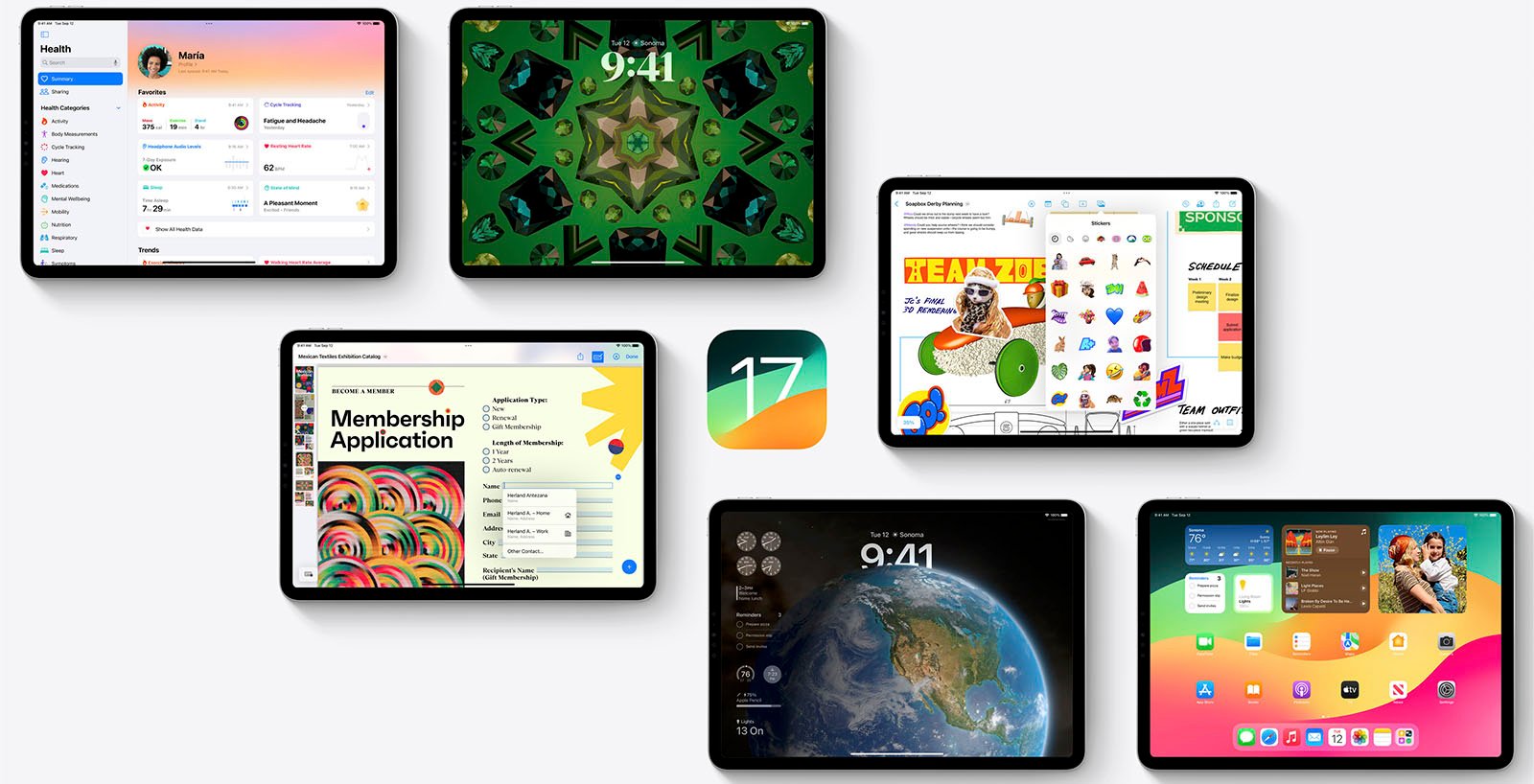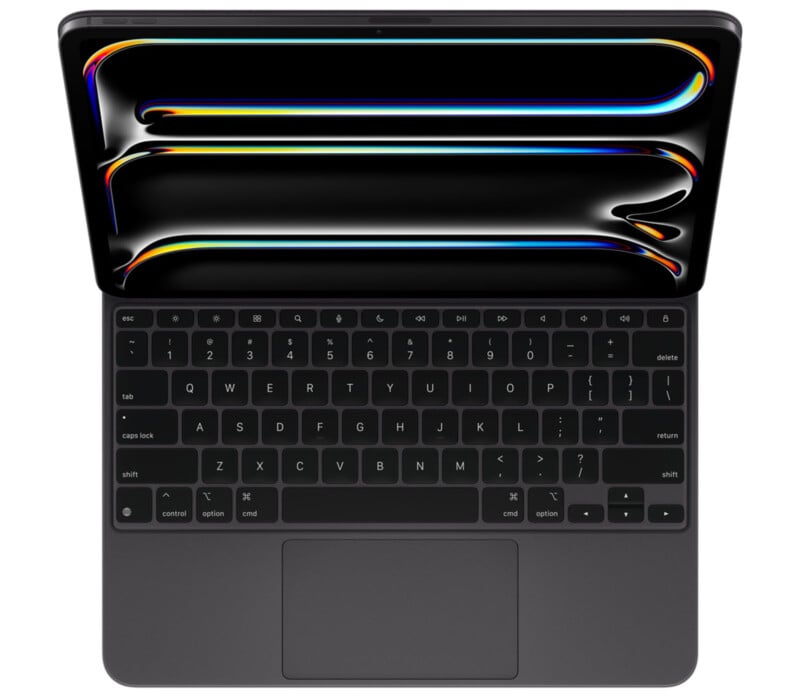![]()
I use my iPad Pro every day. I have used it every day since I picked up the first generation of the device years ago. There is certainly value in the iPad, but now you can now easily spend more on one than a full-fledged MacBook Pro.
There is no denying that having an iPad is nice. It’s a lovely device that I absolutely enjoy using — it’s easily the most useful content consumption device that I own. Over the years, Apple has pushed the limits of the iPad higher and higher to the point that now in 2024, we have one that is straight up more powerful that many of the laptops in Apple’s portfolio.
![]()
It’s got some serious horses under the hood. A 10-core CPU with four performance cores and six efficiency cores. It has a 10-core GPU that supports hardware-accelerated ray tracing. it has a 16-core neural engine and maxes out at 16GB of RAM with 120GB/s memory bandwidth. Oh, and it has an OLED display (tandem OLED, to be specific). That’s a lot, and that’s before we even discuss that this thing is the thinnest device Apple has ever made — it’s thinner than an iPod Nano which, for the kids who weren’t around for it, was ridiculously thin. Spec for spec, the new iPad Pro beats the baseline M3 MacBook Pro and probably outperforms versions of the M3 Pro.
With the iPad there is always that lingering question: why?
I’ll admit, Apple has done a phenomenal job adding as much value to the iPad as possible without changing iPadOS much. Final Cut on iPad is very good and yesterday’s Final Cut Camera announcement along with the multicam feature baked into Final Cut with it can turn a set of iPhones and an iPad into a mobile production unit. I’m not sure how much power this really takes and if the new M4 is really necessary, but the functionality is great. But as nice as it can be, there are still limitations with iPad that can frustrate. File management is still one of the weak points, for example, and it makes all that performance feel difficult to access and take advantage of.
And that performance comes at a literal cost. I put together a 1TB, 13-inch iPad Pro with a Magic Keyboard and the nano-texture glass and the final price was $2,548 (and that doesn’t include a new Apple Pencil Pro either).
![]()
While it is certainly possible to outfit a MacBook Pro that costs a lot more than that, if you try and recreate similar specifications (like an M3 with 1TB of SSD storage and the same 16GB of memory), it caps out at $2,000.
![]()
Again I ask, why?
I think Apple has innovated itself into a bit of a conundrum, which is why we haven’t seen the iPad cross over into the laptop space yet. The interface is so easy to use and so perfect for content consumption that changing the operating system to be more macOS-like will only reduce the efficacy of that experience. Apple probably doesn’t want to sacrifice that aspect of the iPad to try and make it more computer like — it has computers already for those that want that.

I will never argue that an iPad isn’t a valuable device that I absolutely love and use every day, but the value proposition at the top end is confusing. This isn’t a new take, but when basically every tech reviewer and pundit was arguing that a spec bump wasn’t what the iPad needed ahead of yesterday’s launch and that’s exactly what we got anyway, it has me thinking that there has to be a reason for it. Apple has to be planning something big for this summer’s WWDC, right?
Pushing the power to the limits Apple continues to makes very little sense unless you give buyers a real reason to want that power. The average iPad enjoyer doesn’t need more than what you can get in the iPad Air and yet the iPad Pro exists. From that perspective, a major overhaul to iPadOS must be coming this year. When you put this much power into this attractive of a package and charge this much for it, you have to expect that Apple is going to let you take full advantage of it all. That’s what I hope anyway.

This is an argument that has been made before for similar reasons, but at this point I have to believe it’s going to come to fruition. The iPad Pro is basically the final form of what Microsoft was trying to do with the Surface series. It’s more powerful, lighter, and thinner. It has a better keyboard, better pen (ahem, sorry, Pencil), better speakers, and a better display.
Apple can win the 2-in-1 war tomorrow if it chose to. All that remains to be seen is if it wants to.
Image credits: Apple
